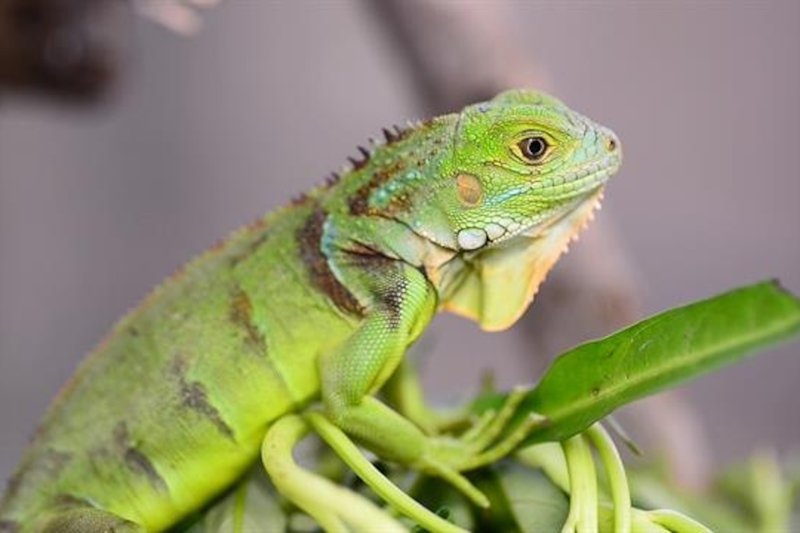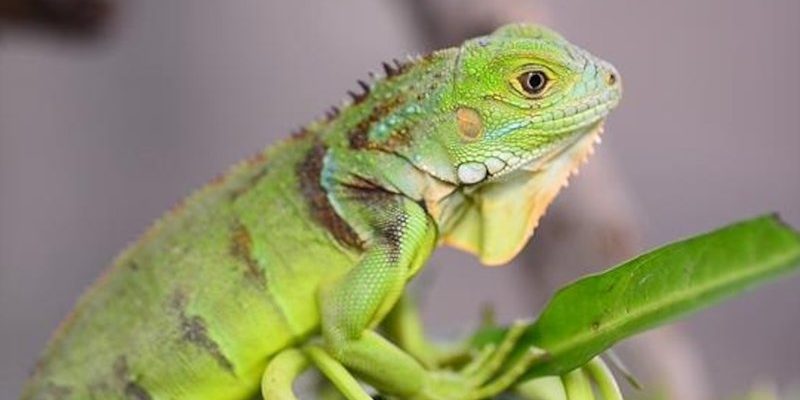
Let me explain. The green iguana (Iguana iguana) is not just a pretty face; they’re vital to their ecosystems in Central and South America. Unfortunately, like many species, they face threats that could lead to endangerment. As we sip our coffee and dive into this topic, we’ll explore the conservation efforts aimed at protecting these fascinating reptiles and what you can do to help.
The Status of Green Iguanas
You might be surprised to learn that, according to the IUCN Red List, the green iguana is currently listed as **Least Concern**. This means they are not immediately at risk of extinction, unlike some of their reptilian cousins. However, their population is in decline in certain areas, primarily due to habitat destruction and hunting.
Here’s the thing: even if a species is listed as “Least Concern,” it doesn’t mean we should relax. **Invasive species** and human activities can take a toll on their numbers. For instance, in the Caribbean, where their population is more vulnerable, the green iguana faces significant pressure from habitat loss due to urban development and agriculture. So, when we talk about their endangerment, it’s about recognizing these challenges and understanding that they need our help to thrive.
Threats to the Green Iguana
Understanding the threats to green iguanas is crucial for conservation efforts. One major issue is **habitat destruction**. As more forests are cleared for farming or urban development, green iguanas lose their homes. Think of it like a cozy café suddenly being turned into a parking lot; the regulars won’t have a place to hang out anymore.
Another significant threat is **poaching**. In some regions, iguanas are hunted for their meat or captured for the pet trade. This is especially true in areas where local communities depend on wildlife for food. Sadly, this demand for iguanas can lead to over-exploitation, significantly impacting their populations. So, while they might seem common in certain areas, others are struggling to maintain their numbers.
Conservation Efforts in Action
So, what’s being done to help green iguanas? Many conservation programs are actively working to protect their habitats and educate communities. For example, organizations are focusing on **rehabilitating habitats** by planting trees and preserving natural environments. It’s like giving these iguanas a new lease on life—kind of like restoring that charming old café!
Additionally, some groups are working on **legislation** to protect green iguanas from hunting. By pushing for stricter laws, conservationists aim to ensure that these reptiles can thrive without the constant threat of being hunted. Education programs also play a role, with efforts to raise awareness about the importance of green iguanas in their ecosystems. After all, the more people understand why these creatures are valuable, the more likely they are to protect them.
The Role of Zoos and Sanctuaries
Zoos and wildlife sanctuaries play a vital part in the conservation of green iguanas. They not only serve as safe havens for endangered reptiles but also engage in **breeding programs**. These programs can help boost iguana populations by ensuring that even when wild habitats are threatened, we have representatives of the species that can be reintroduced later.
Moreover, these facilities often provide **educational opportunities** for visitors. They help raise public awareness about what green iguanas face in the wild and how we can all contribute to their conservation. Imagine taking your kids to a zoo and leaving with not just a fun day, but a newfound respect for wildlife. That’s the kind of impact these places can have!
What You Can Do to Help
You might be wondering how you can contribute to the conservation of green iguanas from where you are. Honestly, it’s easier than you think! Here are a few actions you can take:
- Support conservation organizations: Donate or volunteer your time with groups actively working to protect green iguanas and their habitats.
- Educate others: Share your knowledge about the threats facing green iguanas and the importance of biodiversity. You’d be surprised at how many people are willing to listen.
- Adopt sustainable practices: Make environmentally friendly choices in your everyday life, like reducing plastic use or supporting local conservation efforts.
- Avoid the exotic pet trade: If you’re thinking about getting a pet iguana, consider adopting from a rescue instead of buying from stores or breeders.
Every little action counts! When many people contribute, it can create a big wave of change that helps protect our planet’s wildlife.
The Future of Green Iguanas
Looking ahead, the future of green iguanas depends on our commitment to conservation. While they might not be classified as endangered right now, early intervention can help prevent them from reaching that point. By recognizing the threats they face and rallying support through conservation efforts, we can ensure these fantastic reptiles continue to thrive for generations to come.
In conclusion, while the green iguana currently holds a status of “Least Concern,” we can’t afford to be complacent. Their survival hinges on our actions and understanding of their ecological significance. With dedicated efforts, both in the wild and in captivity, we can foster a future where green iguanas continue to bask lazily in the sun, free from the threats that loom over them. So, let’s raise our coffee cups to a bright future for these magnificent creatures!

